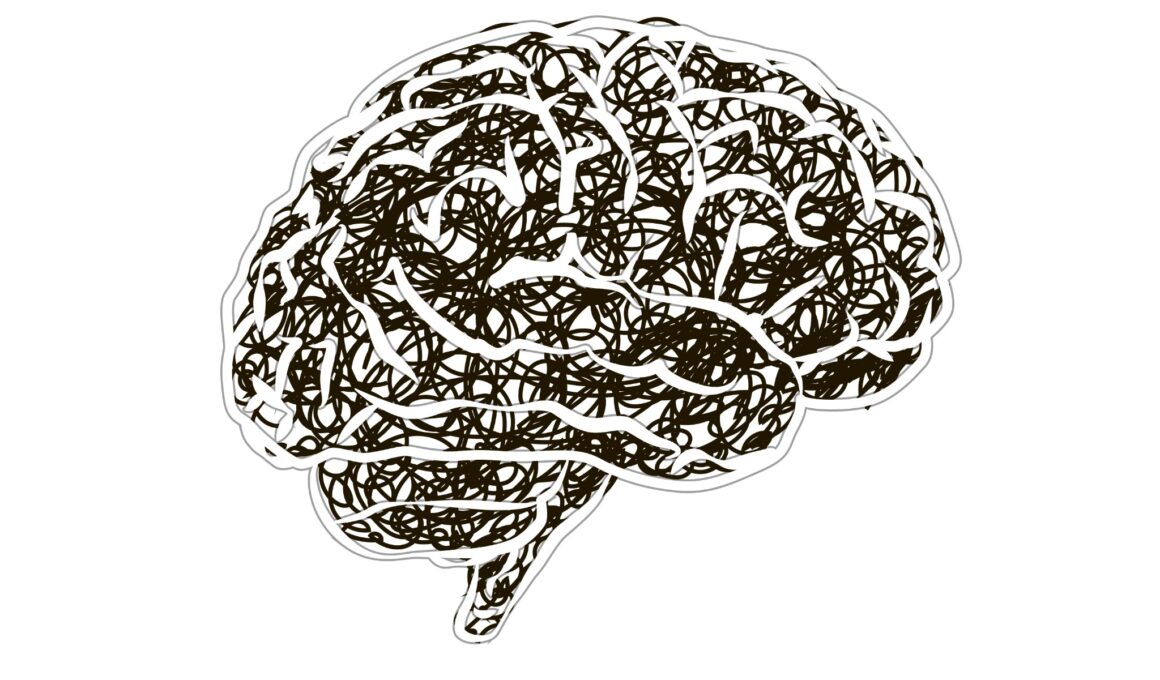So how are attitudes changed? The first thing to realise is that habits can be changed. That this should be patently obvious is confirmed by the transition that most children make to adulthood.
Most infants scream and cry when they are hurt or can’t get their own way. In adulthood this behaviour is unacceptable.
This is not to say that Managers don’t often feel like crying and screaming when things go wrong but such behaviour is inappropriate in a Board Meeting … others tend to notice and critical judgments are formed!
Habits Are Not Immovable
Because habits streamline much of our behaviour there is a tendency to assume that they are immovable. This is a myth.
Neuroscientists have come to realise that the brain has inbuilt plasticity, that is, it can he changed or re-shaped.
How Habits Are Formed
Habits are formed when we repeat a behaviour or routine many times. These repeat-actions are the basis of programs. You get up at the same time every morning, make a cup of tea and write up your diary … that becomes a program and it runs smoothly unless something intervenes to disrupt it. The brain forms networks which help to reinforce and maintain the program. John Young writes:
“There is much evidence that the strength of the connections in the brain depends upon use and can he rapidly changed. The regions where the nerve endings come into contact with each other to make synapses are known as neuropil or nerve felt. The fibres make an extremely fine network, like a carpet, in which immense numbers of minute active nerve endings of incoming axons and outgoing dendrites are mingled. Here therefore are many possible points of contact. Whether any pairs of these fine fibres are functionally connected up to make active synaptic junctions probably always depends on how much they have been used“. (my italics) (Young 987, p.1).
The fundamental basis of habit-formation is use.
Now you’ll probably have to go hack and read that once again to get a grip on the point that Young is making. The fundamental basis of habit-formation is use. If you continue to apply a negative-attitude to someone then the use of this attitude will fix your response and make it extremely difficult to be flexible and accommodating.
Habits, once formed, can exert a significant effect on our behaviour. It is their resilience to extinction that has captured the attention of some of the world’s most gifted psychologists and neurophysiologists.
It should not be surprising therefore that it takes some considerable effort to change a habit. It means physical changes at a neuronal level in the brain and the undoing of habit-forming tracks. (Wouldn’t it be wonderful if we could just lift our brain out of our skull, locate the habit module we want to changes, and untangle the network).
Perhaps one of the most effective ways to change a habit is to replace it with another. This means we develop and run a new program over an old one. This process is much more complex than just dumping a computer program into trash and re booting a new one.
Human programs tend to have a very strong feature called emotion and the emotional-content is part of the anchorage that keeps the program in place. The brain is both a thinking and a feeling organ and it is rare that these two processes can he disconnected.
Psychologist Nico Frijda from the University of Amsterdam has made a detailed study of the unseen laws that govern emotion and, in the process, has dispelled some common myths. One of these myths is that time heals all wounds. According to Frijda “time heals no wounds … It is repetition that does it … not time”. (Frijda 1988, p.35)
Commit to Change
The powerhouse of habit change is the human will. Once the will is totally committed then change can occur.
I know of many people who have half-heartedly attempted to give up smoking but with very limited success. These same people, when motivated by a deliberate decision that the time has now come to stop dithering and to take action, apply their will to the task and usually achieve their goal.
The desire to replace a habit or an attitude coupled with a firm commitment of the will to do so substantially increases the likelihood of success.
References:
Frijda, N. (1988). The Laws of Emotion. American Psychologist. Vol. 43, No. 5.
Young, J.Z. (1978). Programs of the Brain. Oxford University Press, London.




